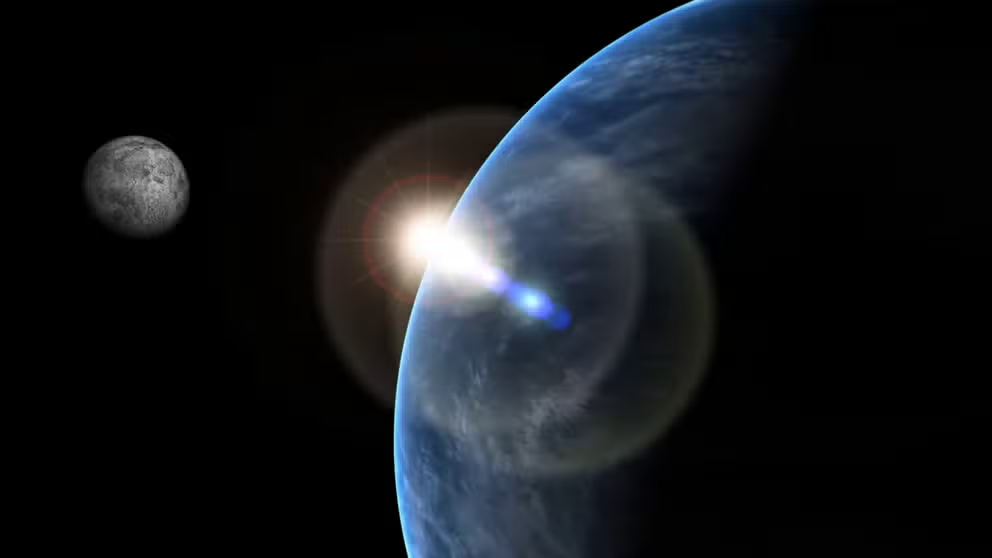Blue Origin's New Glenn rocket rolls to Florida launch pad for testing
A day after the anniversary of NASA astronaut John Glenn becoming the first American to orbit Earth, a test version of the rocket with his namesake made its way to the launch pad in Cape Canaveral.
See what's new in the journey to reach the Moon
What's next for exploration of Earth's only natural satellite.
CAPE CANAVERAL SPACE FORCE STATION, Fla. – Blue Origin continues to inch closer to the first launch of its heavy-lift rocket, the New Glenn, after rolling out a test vehicle to the Florida launch site for the first time.
On Wednesday, a day after the anniversary of NASA Astronaut John Glenn becoming the first American to orbit Earth, a test version of the rocket with his namesake made its way from Blue Origin's facilities outside Kennedy Space Center to the launch pad in Cape Canaveral.

Blue Origin's New Glenn heavy lift rocket at Launch Complex 36 (LC-36) in Cape Canaveral, Fla. for the first time on Feb. 21, 2024. (Image: Blue Origin)
Blue Origin upgraded Launch Complex 36 at Cape Canaveral Space Force Station to accommodate its heavy-lift rocket, the New Glenn.
The company, founded by billionaire Jeff Bezos, said rolling the Pathfinder vehicle to the pad is a milestone for the launch campaign and returning humans to the Moon as part of NASA's Artemis program. Blue Origin and SpaceX were selected by NASA to build human Moon landers to deliver NASA astronauts to the lunar South Pole in the coming years.
'MARTIANS WANTED': NASA SEEKING APPLICANTS TO LIVE IN YEAR-LONG MARS SIMULATOR
"Everything on the pad is real New Glenn hardware. The upending is one in a series of major manufacturing and integrated test milestones in preparation for New Glenn’s first launch later this year," the company said in a news release. "The test campaign enables our teams to practice, validate, and increase proficiency in vehicle integration, transport, ground support, and launch operations."
In the coming weeks, teams will conduct several fueling tests, as well as activate the launch pad and ground systems for the first time.
LUNAR LANDER CAPTURES STUNNING PHOTOS OF EARTH BEFORE MOON LANDING ATTEMPT
Blue Origin is targeting late this year for the first test flight of New Glenn. The 320-foot rocket features a seven-meter payload-- enough to hold three school buses. After liftoff, the rocket's first stage will land on a landing platform at sea about 620 miles downrange from Cape Canaveral.
